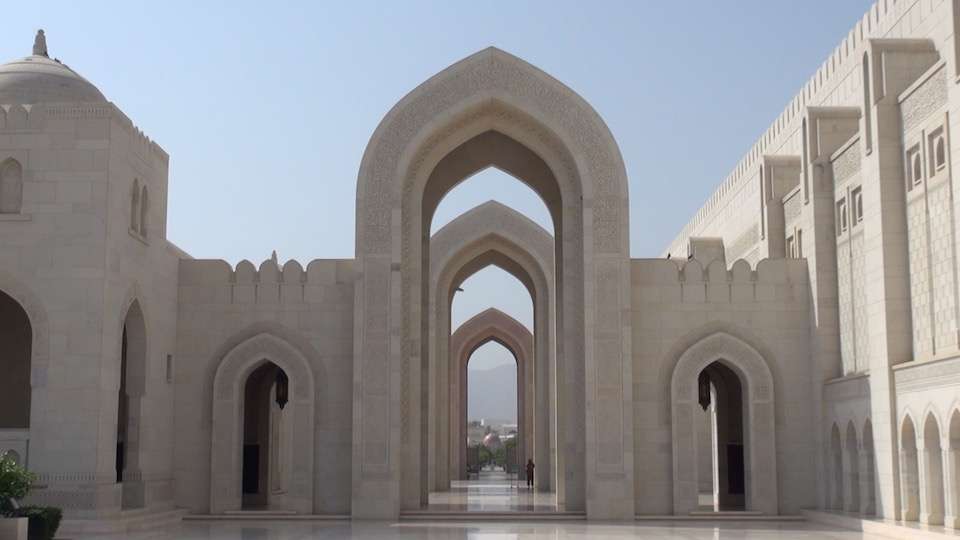Unsinkable waters of the Dead Sea
On the eastern coast of Jordan, the Dead Sea is the lowest point on earth at 394.6 m (1269 ft) below sea level.
The water in the Dead Sea is extremely salty. Its name is derived from the fact that the water is far too salinated for marine inhabitation. It is nearly impossible to sink in the waters of the Dead Sea, an unusual sensation because of the buoyancy of the water due to the hypersalivation of the water, one can float with ease.
The water of the has a greasy feel to it. The salt is very jagged and can easily cut your feet. Several people drown every year in the Dead Sea because they do not obey the rule: Only float on your back. Accidents happen when someone tries to swim normally (stomach first) in the water – the legs will float better than usual and the head will be submerged. Moreover, the salt in the water stings cuts and causes great pain if it comes in contact with the eyes, as I experienced, adding to the panic if one’s head is underwater, and it tastes disgusting.
The mud along the shore of the Dead Sea contains many minerals and is believed to have medicinal and therapeutic benefits. It is not uncommon for visitors to cover their bodies with the dark mud.
The area receives an average of 330 days of sunshine per year, with rainy days occurring only during winter (if at all). Temperatures during the tourist season can become extremely warm, ranging from 30°C (86°F) in the spring to upwards of 40°C (104°F) in the summer.
Although the Dead Sea is very sunny the low altitude and extra atmosphere makes the sunlight weaker. It is, therefore, said that sunbathing here carries a lower risk of sunburn, but it is still advisable to take normal precautions using sunblock and adapt gradually. This quality of the Dead Sea sunlight is the real secret behind its mythological curing ability for several diseases, especially skin diseases. This is, in fact, natural phototherapy.
Possible as a day trip from Amman, the main road that runs along the eastern side of the body of water and connects to Jordan’s Desert Highway. Many hotels sell day passes that include full use of hotel facilities as well as their Dead Sea beachfront.
Access to the beach can be through Amman Beach, a public resort with change rooms and freshwater showers, pool and restaurant but this will cost you an entrance free plush extras like lockers and towels. I stayed at the Mövenpick Resort & Spa Dead Sea with several swimming pools, and a wide private beach that runs along the shore, with direct access to the Dead Sea included in your stay with all the plushness of a 5-star resort (read the full review here).
The Dead Sea is naturally endorheic with no outlet streams, with the Jordan River being the only major source. Due to the man-made reduction of the Jordan River (the river waters are 70-90 % used for human purposes) and the high evaporation rate, the sea is shrinking. All the shallow waters of the southern end of the sea have been drained and are now salt flats.
Although the Dead Sea would never entirely disappear (because evaporation slows down as surface area decreases and saltness increases), measures are currently being proposed to siphon water from the Red Sea through a series of tunnels or canals in order to replenish the rapidly shrinking waters and provide water and electrical solutions to the surrounding countries.
The hyper salinated water of the Dead Sea itself is its own attraction. There are several nearby attractions that are worth attention:
- Historic Mount Nebo provides a panorama of the Holy Land, and to the north, a more limited one of the Jordan River valley. The excavated remains of a church and a monument commemorating the biblical story of Moses and the bronze serpent stand atop the mountain. Mount Nebo is a short 15-minute drive from the Dead Sea.
- The Baptism Site at the Jordan River, the location archaeologists are claiming is the baptism site of Jesus by John the Baptist, is a short 10-minute drive from the Dead Sea resort area. Guided tours include visits to a Jordan River overlook, the excavated remains of the Baptismal Site, John the Baptist Church, and down to the Riverbank.
- The Mujib Reserve of Wadi Mujib is the lowest nature reserve in the world, located in the mountainous landscape to the east of the Dead Sea. The 220 square kilometres reserve was created in 1987 by the Royal Society for the Conservation of Nature and is regionally and internationally important, particularly for the birdlife that the reserve supports. Experiencing Jordan’s Grand Canyon involves swimming, jumping, abseiling and floating. Its red walls are filled with running water that plunges through a 15 m waterfall.
- Lot’s Cave is located on the site of the remains of an old Byzantine monastery and church above the village of Al Safi. The cave is believed to the one Lot took refuge in with his two daughters when God according to the Bible destroyed Sodom and Gomorrah. A local guide can escort you up the 300 steps to the cave itself.
Staying at the Dead Sea means you will be a captive customer as there are limited options or sparsely anything worth seeing along its shores, which means it will cost you more to stay here. The restaurant options are sparse and over-priced, and you won’t have to worry about shopping as there is more than just hotels and resorts here. Coming to this location is all about relaxing with ease in the lowest place on earth and floating in the waters of this lifeless Dead Sea.






